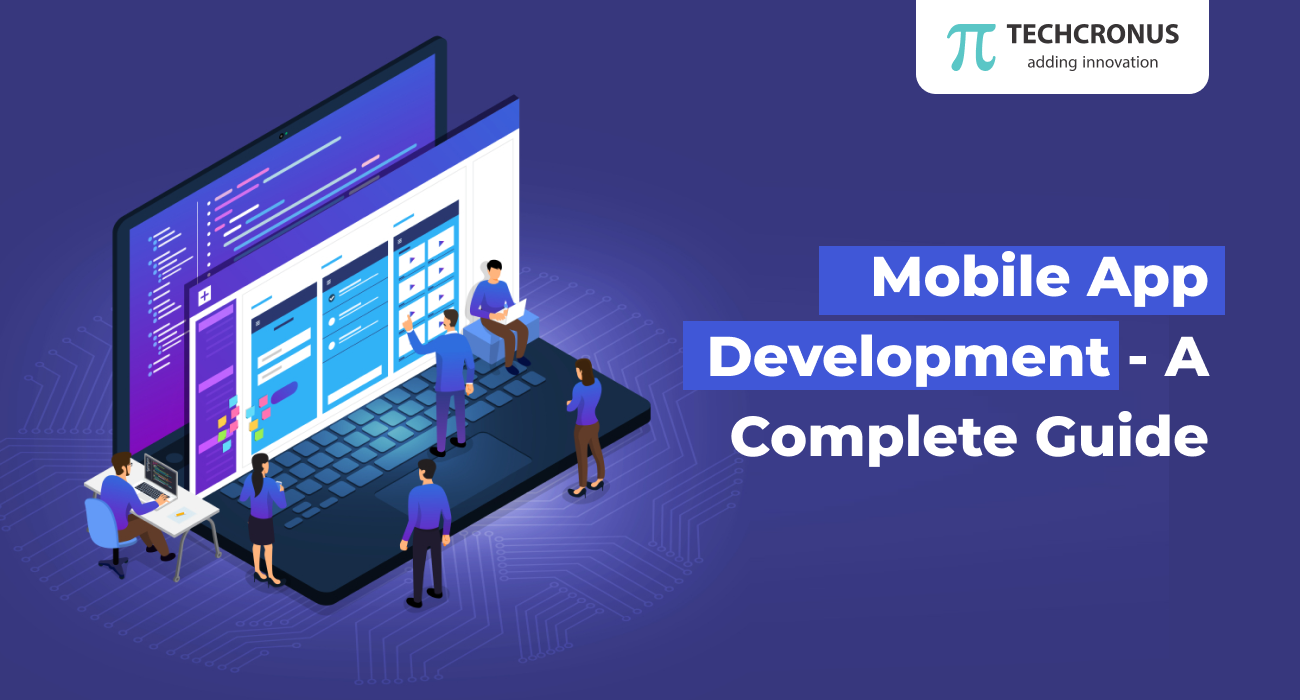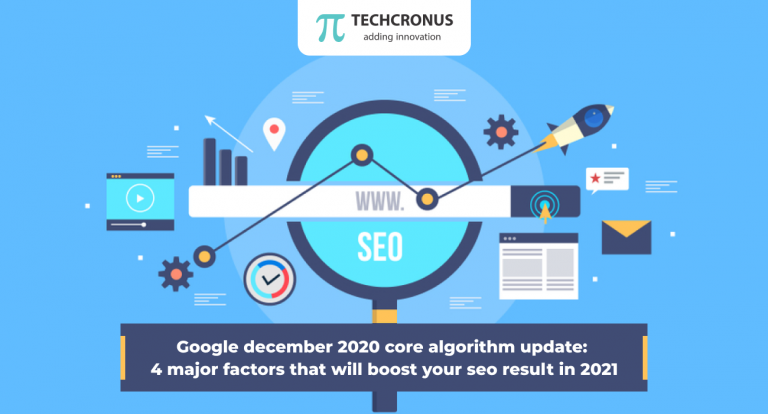Are you looking to build a Mobile app development? Do you know the mobile application is pretty mandatory to grow business worldwide? Yes, in this digital time without mobile web or mobile app, no business can reach its targeted audience. Also, spending a lot of money on developing a mobile app, but in the end, you don’t do enough marketing can waste your investment. Check a complete guide on how to develop a mobile application. Follow the below pointers for easy insight.
1. Discovery Phase- Mobile App Lay Down Foundation
1.1 What is Mobile App Development?
It’s a set of processes and strategies to create software applications that run on mobile devices. It utilizes the network connection to work with other computing resources. The process adds installable software to implement backend services.
1.2. What’s its purpose?
There are in-numerous reasons to accord with the failure of a mobile app. Therefore, it’s essential to target the audience and find it in the market. Check out the purpose of a mobile app and get great results.
- A Solution Provider: Make sure your app fits the customer’s needs and solves the user’s problem by making it easy to use it.
- Entertainment Factor: Your app adds entertainment factors like Angry Birds, Candy Crush along with adopting a mantra for success.
- Adding Value: There are a few applications that serve every day’s purpose and allows users to add value to the services.
1.3. What’s the cost of Mobile App Development?
It’s one of the frequent questions asked by most customers. If you have an idea to build a mobile application, then go with mobile development. All start-ups and organizations can inquire about the app development process and knowing the app development cost. On average, it takes two to three months to build a basic mobile application. To understand the exact price, you can connect a mobile app development company
2. Development Methodology – Types of Mobile Application Development
There is three essential mobile development categorize in.
2.1. Native Mobile Apps
Native apps are specially built for a mobile device operating system. One can have native Android mobile apps or native iOS apps. The apps built for one platform so cannot be mix and match.
Technology
Coded with a variety of programming languages. Ex: Java, Kotlin, Swift, C++, and React.
2.2. Hybrid Mobile Apps
Hybrid is a kind of web apps that gives that look and feel like native apps. They come with a home screen app icon, fast performance, responsive design, and able to function offline.
Technology
The hybrid apps are a mixture of web technologies and native APIs. They developed using Ionic, Swift, Objective C, HTML5, etc.
2.3. Web Apps
The application behaves similarly to native apps and access via a web browser on a mobile device. Web apps are not standalone apps that have to be downloaded and installed. Web Apps is a responsive website that adapts to its user.
Technology
The web pages designed using HTML5, CSS, Ruby, JavaScript, and few other similar programming languages.
3. How to create a Mobile App?
If you planned to develop an application, then you’ll have a great idea. As before direct design and development isn’t feasible, we have to understand the mobile app creation process.
3.1. Do Market Research
The market research will help to find your targeted audience and your position against the competitors.
3.2. Define Mobile App Goals
Once you have done with research, understand your customer’s problem, factors to consider, and your core appeal.
3.3. Wireframing the App
Create a roadmap, demonstrate the connections between each screen and the user process for navigation through the app.
3.4. Defining the backend of the Mobile App
By using the technical limitations in the backend development process, modify the Wireframe and storyboard.
3.5. Finalize Wireframe
During the backend process, if there’s any change in Wireframe just do it. In this stage, adapt the best UI/UX and create a high precision prototype.
3.6. Develop the App
In this phase, use a development platform or mobile BaaS provider and focus on customer engagement factor.
3.7. Testing
After your app completed with required graphics and perfect text, it’s time to test your application. Test the cross-platform compatibility of images, graphics and user experience.
3.8. Launch Preparation
Now, this stage is your ultimate success. Planned your app launch and get your marketing team involved to carry out SEO and App Store Optimization.
3.9. Official Release
It’s the climax of your mobile application. Create write-ups, Tech blogs, and emails and prepare for the official app release process.
It’s time to increase user engagement using your mobile application. Offer incentives, excellent services, and pay attention to check which feature is attracting users. Hope the mobile app development lifecycle is understood clearly. There’s no rocket science in developing a mobile application.
But if you’re non-technical and looking to create a mobile application, we have an excellent team for you. You can earn a lot after developing an app. Consult our mobile developers’ team, discuss your idea, and get the best affordable mobile application.
















 Get Started
Get Started

